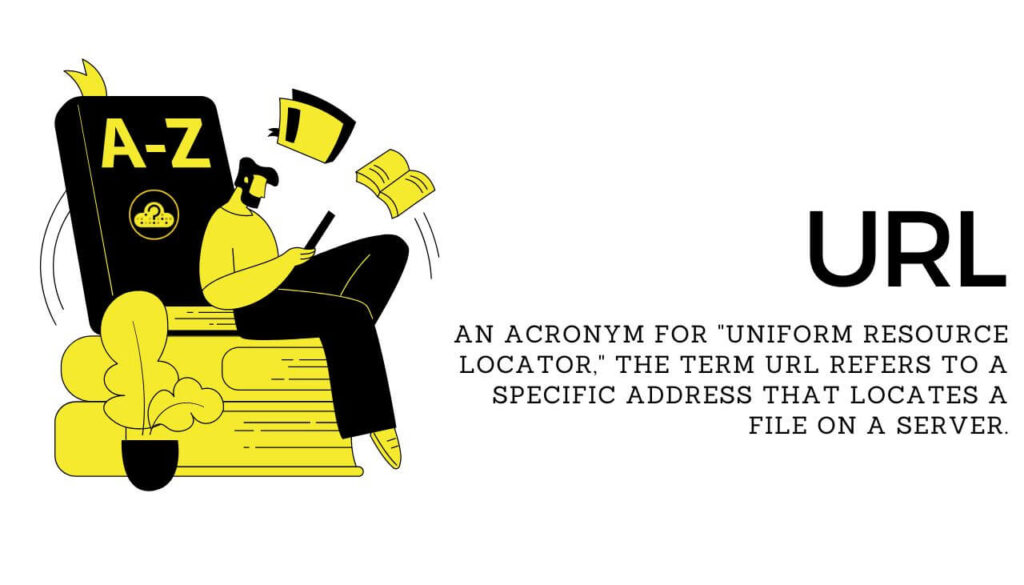What Is а URL?
- Short Definition
-
An acronym for “Uniform Resource Locator,” the term URL refers to a specific address that locates a file on a server. This may be accessed using network protocols such as http, https or ftp. URLs are used to pinpoint a resource, and when talking about the internet, they are usually associated with websites. To view a URL, a web browser is needed. In modern times, the terms “URL” and “web address” are often used interchangeably.

- Extended Definition
-
A URL (Uniform Resource Locator) is essential to the Web, as it enables browsers to access any published resource. It is basically the address of a specific resource, such as an HTML page, CSS document, or image, on the Web. Although each URL is meant to point to a unique resource, there are some exceptions when the resource may no longer exist or has been moved. Hence, it is the responsibility of the Web server owner to manage the resource and its associated URL properly.
A URL is composed of three fundamental components: Protocol (https://, ftp://), Server Name (www.domain.com), and a File Path (/directory/file.html). The File Path may be composed of multiple levels of directories.
The URL “https://howtohosting.guide/” is an example of a Uniform Resource Locator. This address can be typed into a web browser’s address bar to open the associated page. URLs are made up of various components, some of which are required while others are optional.
URLs can be used to get more specific and to direct users to certain sections of a web page. For instance, the URL “https://howtohosting.guide/category/hosting/web-hosting-comparison/” takes users to the hosting comparison category. It is also noteworthy that each uploaded image also has its own URL, allowing users to access it directly.
For more definitions, check out our dedicated Definitions list.
